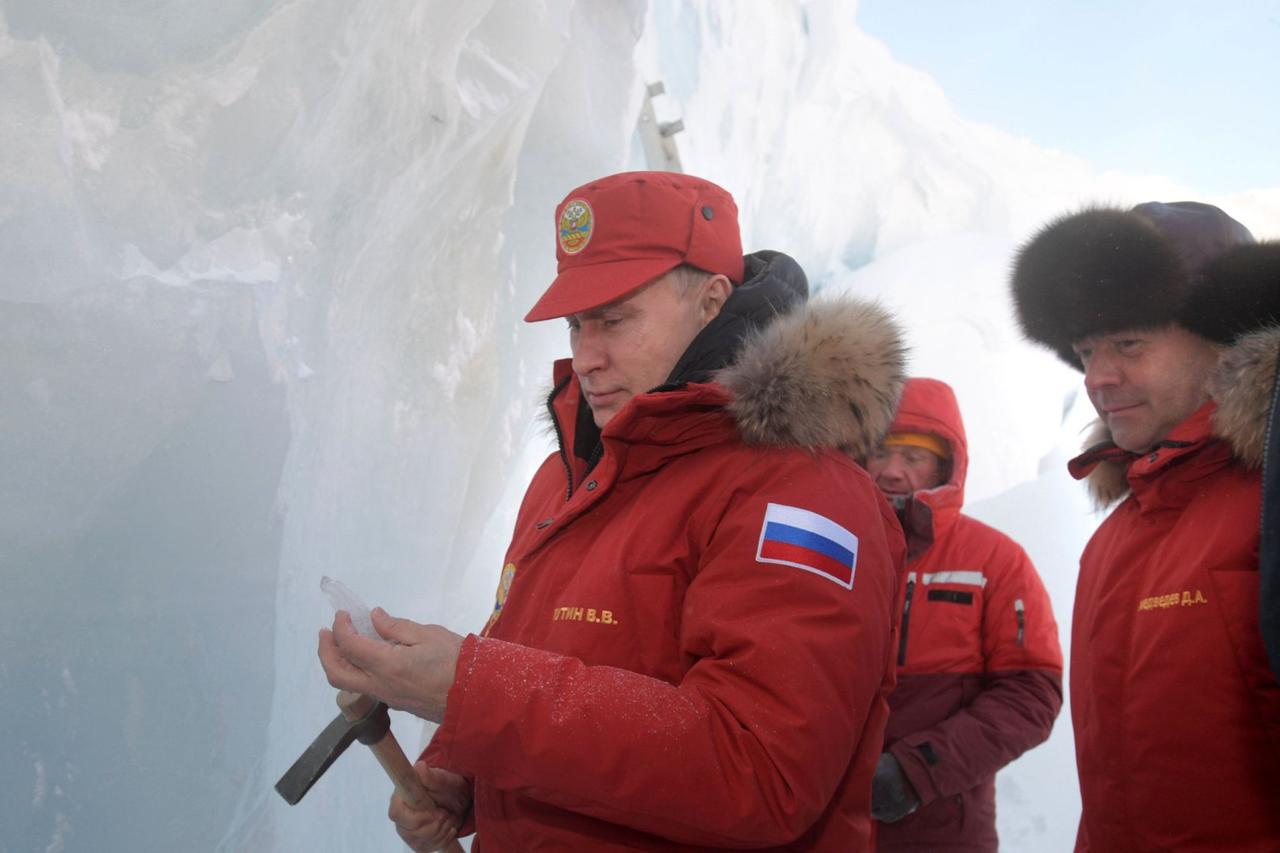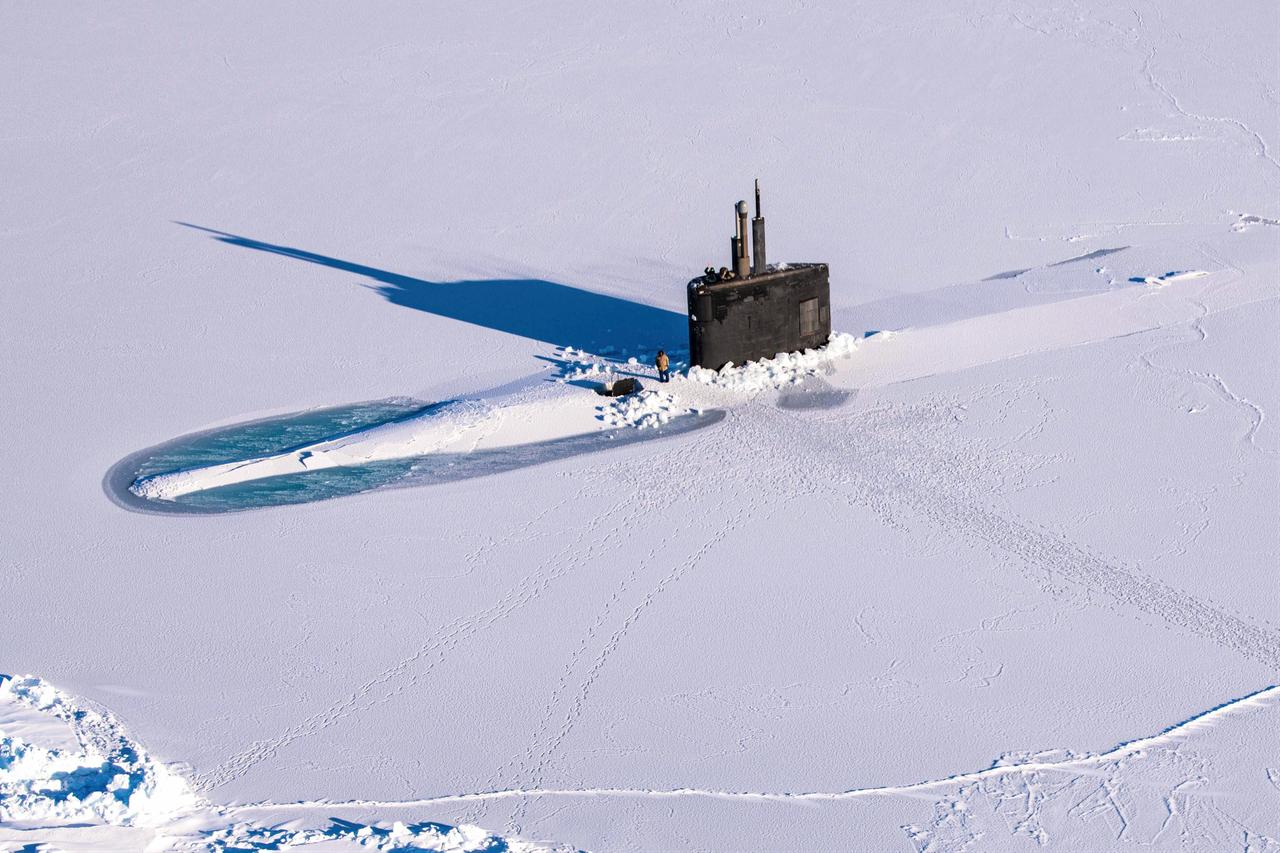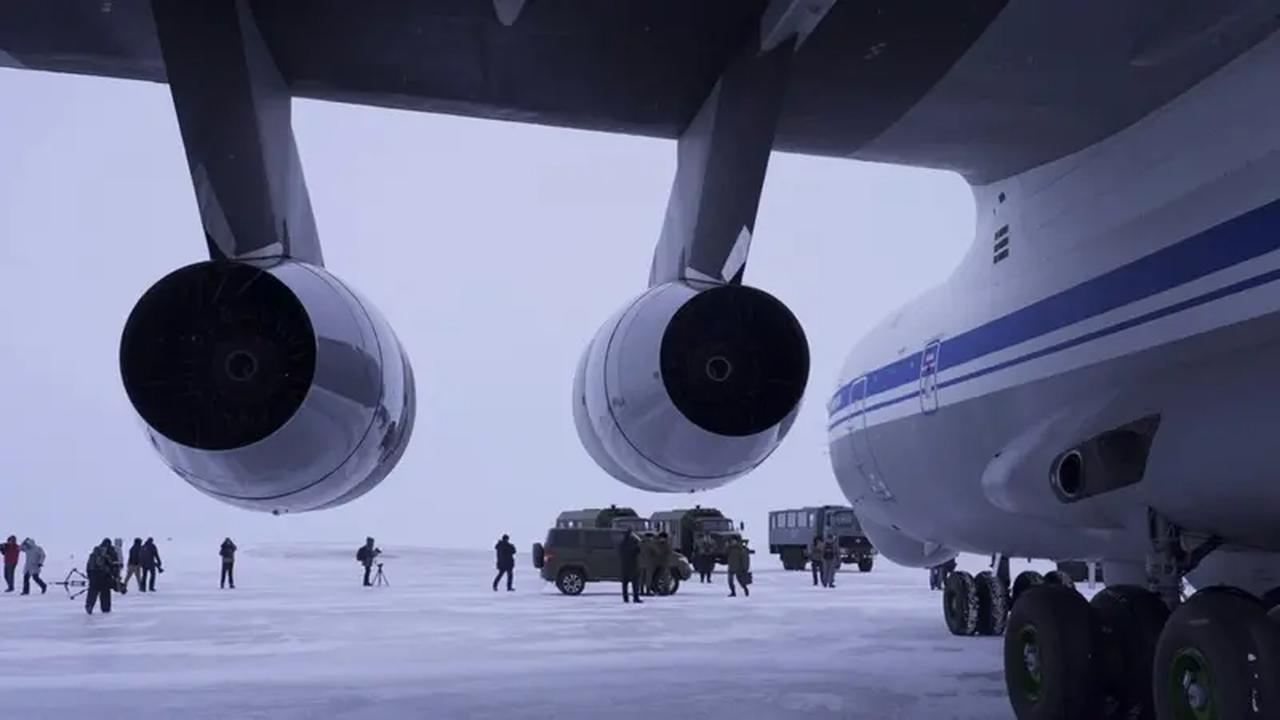
Beneath roughly 30 meters of Greenland’s ice lies a relic of Cold War ambition: Camp Century, a secret U.S. military installation originally designed to host up to 600 intermediate-range ballistic missiles. Rediscovered in April 2024 by NASA scientists conducting climate research, the buried facility underscores a stark reality: melting Arctic ice is rapidly exposing long-hidden strategic and environmental risks.
Constructed in 1959 under Project Iceworm, Camp Century was officially a climate research station but secretly aimed to deploy nuclear missiles targeting the Soviet Union. Its 3-kilometer tunnel network included laboratories, a hospital, a cinema, a chapel, and quarters for 200 personnel. Engineering challenges were immense: the shifting Greenland ice sheet threatened tunnel collapses, forcing abandonment in 1967. Yet thousands of tons of chemical, biological, and radioactive waste remain, now imperiled by accelerating ice melt. NASA glaciologists warn that portions of the facility could resurface by the century’s end, presenting urgent environmental and security dilemmas.

Greenland has emerged as a critical arena for global power projection. In northern Greenland, the U.S. reactivated Thule Air Base—later renamed Pituffik Space Base—as part of an expanded North Atlantic defense line. Massive radar installations now track even tennis-ball-sized objects in orbit, forming a core node of the U.S. Ballistic Missile Early Warning System (BMEWS).
For Washington, Greenland is no longer merely a frozen outpost. It represents forward-operating potential for missile defense, surveillance, and rapid-response capabilities—a “golden dome” akin to Israel’s Iron Dome, but on a polar scale. Former President Donald Trump’s repeated interest in acquiring the island highlighted its strategic weight, despite a population of only 56,000.
Russia views the Arctic not as a distant theater but as an existential buffer. One-fifth of its territory lies within the region, and the Northern Fleet, based in the Kola Peninsula, patrols beneath ice, forming a vital nuclear deterrent. NATO’s expansion into Sweden (2023) and Finland (2023) has intensified Moscow’s strategic calculus.
In response to U.S. advances, Russia has upgraded airbases like Nagurskoye in Franz Josef Land, refurbished Soviet-era ports for large aircraft, and maintained a fleet of nuclear-powered icebreakers along the Northern Sea Route. U.S. missile defense deployment in Greenland may be perceived by Russia as a direct threat to its northern perimeter, increasing the risk of strategic miscalculations in the GIUK Gap and the Svalbard archipelago—key chokepoints connecting Greenland, Iceland, and the United Kingdom.
NATO has increasingly reinforced its Arctic posture in response to Russian assertiveness. Joint exercises, early-warning radar networks, and multinational task forces in the GIUK Gap monitor submarine activity, secure maritime lanes, and coordinate rapid-response drills with Iceland, Denmark, and the U.K. NATO’s integrated command structure synchronizes surveillance, cyber defense, and missile-tracking capabilities, signaling deterrence without provoking confrontation.
Critically, Türkiye—as a NATO member—leverages its Arctic Council observer status and scientific missions to complement the alliance’s Arctic strategy. Through glaciology, oceanography, and climate modeling, Ankara contributes soft power that reinforces NATO’s collective awareness while maintaining a low-profile, non-militarized presence. This alignment allows Türkiye to support alliance objectives in data collection, environmental monitoring, and strategic foresight without being drawn into direct U.S.-Russia tensions.

For Türkiye, the Arctic is more than a distant conflict zone. It is a laboratory for integrating science with strategic foresight. Since 2015, Turkish scientists have conducted missions in Antarctica, mastering extreme climate operations. Building on this expertise, Ankara engages Nordic nations diplomatically and monitors U.S.-Russia dynamics closely.
Türkiye positions itself as a science-driven, environmentally conscious global actor. Its research functions as soft power, projecting influence without direct militarization. Melting Greenland glaciers conceal rare earth elements crucial for Türkiye’s defense and renewable energy sectors. Collaborating with NATO and U.S. partners on critical minerals and Arctic logistics, Ankara balances engagement with restraint—asserting strategic presence while promoting environmental stewardship.
By linking scientific diplomacy to NATO operations, Türkiye subtly strengthens alliance cohesion in the Arctic. Its presence in data-sharing, environmental monitoring, and policy coordination helps reinforce NATO’s Arctic strategy, demonstrating that middle powers can influence regional stability without direct military deployment.
Climate change is reshaping Arctic geopolitics. By 2040, northern waterways may be largely ice-free, accelerating trade along the so-called Arctic Silk Road. New shipping lanes bring economic opportunities but also heighten territorial disputes, resource competition, and military miscalculations.
Camp Century exemplifies the environmental risks underlying this transformation. Melting ice could expose radioactive and chemical waste decades after the Cold War, creating an urgent need for international remediation and oversight. Türkiye advocates for “shared responsibility for polar sustainability,” emphasizing that Arctic resources must not become tools of extraction-driven competition or militarization.
The GIUK Gap—connecting Greenland, Iceland, and the U.K.—remains central to Arctic security. Historically critical for monitoring Soviet submarines, it continues to define naval and submarine control. The U.K., although not a primary Arctic power, has expanded its presence through AI-assisted monitoring systems in collaboration with Iceland, aiming to track adversary movements without escalating tensions.
This corridor crystallizes the enduring intersection of geography, alliance coordination, and global power. As Greenland’s ice recedes and new maritime routes emerge, influence is measured less by maps and more by the ability to gather data, secure resources, and exercise diplomatic leverage—roles in which Türkiye is actively participating through scientific collaboration and NATO-linked initiatives.
Beneath Greenland’s melting glaciers lie hidden mineral reserves, including rare earth elements essential for high-tech and defense applications. The United States, eager to reduce reliance on China, views these resources as critical to both strategic autonomy and transatlantic security. Russia sees any U.S. footprint as a potential threat to its northern defense perimeter, particularly its nuclear submarine fleet in the Kola Peninsula.
Türkiye’s approach contrasts sharply with the militarized logic dominating Washington and Moscow. Scientific missions and environmental diplomacy allow Ankara to maintain visibility, shape governance norms, and influence Arctic economic corridors, all while avoiding confrontation. By aligning soft power initiatives with NATO objectives, Türkiye reinforces alliance stability while remaining a measured, responsible actor in the Arctic.
The Arctic mirrors global power projection. The United States asserts forward-operating capabilities. Russia consolidates its northern buffer. Türkiye exemplifies a measured, science-driven strategy, leveraging research as a tool of diplomacy and influence.
Melting ice, emerging shipping routes, and hidden Cold War relics underscore a paradox: environmental vulnerability and strategic significance are inseparable. Middle powers like Türkiye demonstrate that engagement need not equate to militarization—calculated foresight, scientific presence, and diplomatic tact can secure influence even in the planet’s most remote theaters.
In Greenland, the Cold War’s frozen ambitions are surfacing, but the 21st-century Arctic is no longer solely about nuclear deterrents. It is about minerals, climate, data, and the nuanced art of strategic positioning. As the ice retreats, the frontier of power extends beyond maps into realms of knowledge, foresight, and global influence—and Türkiye, thousands of kilometers away, is listening intently, poised to act with precision.